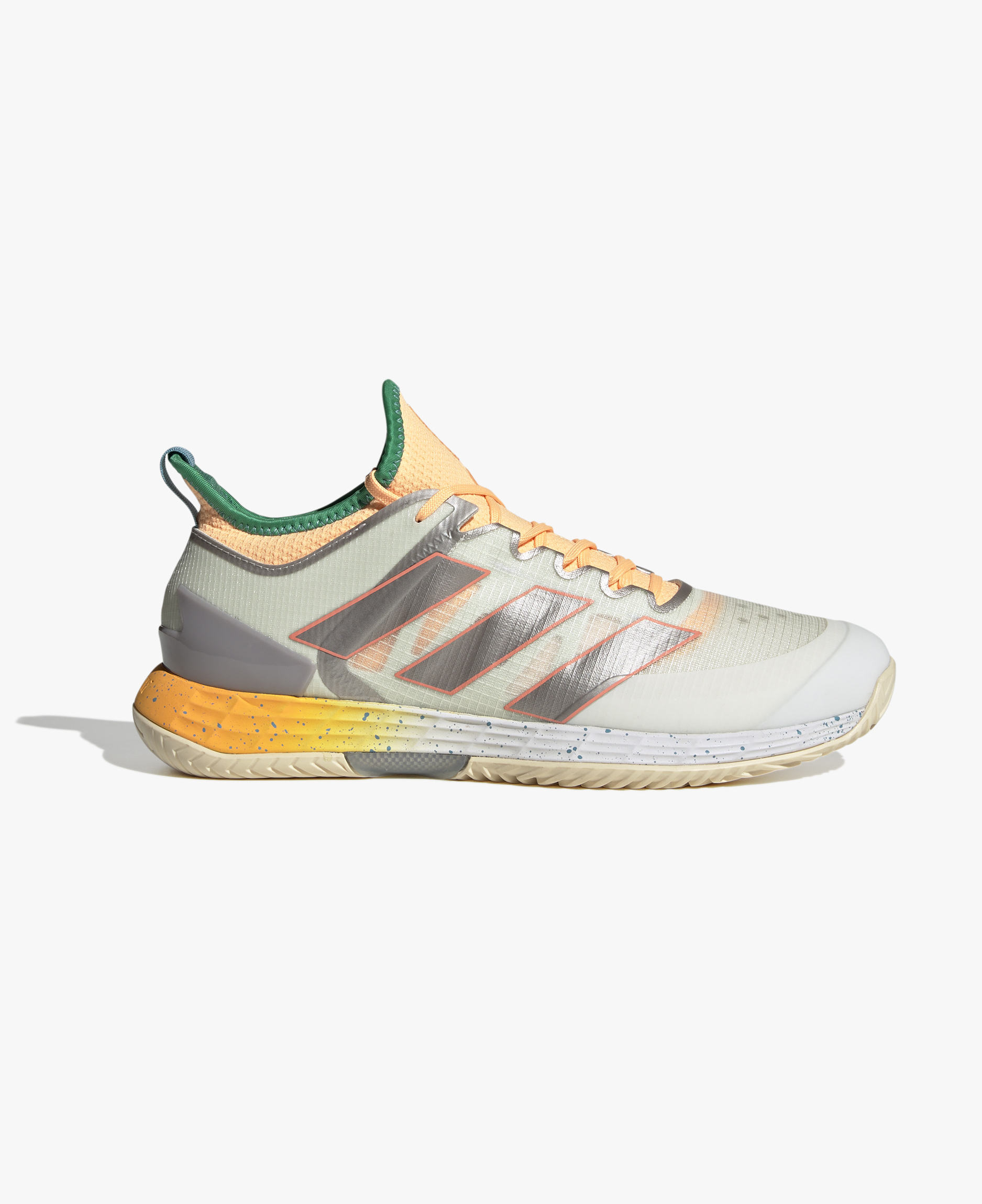By Tim Newcomb
Shoemakers have been marketing to tennis players for 90 years. That nearly a century of design has offered us a range of on-court materials and off-court fashion statements. The boom years were the ‘80s and ‘90s, when a torrent of brands, with international cred found in no other sport, created a glorious mix of performance and street style.
Most prevalent were the Italian entrants, Lotto, Ellesse and Diadora along with stalwarts Fila and Sergio Tacchini, but that’s just the beginning. Add in the still historically relevant Dunlop (Australia) and Tretorn (Sweden) with the major athletic players from the United States and Germany in Nike, adidas, Puma, New Balance, K-Swiss, Reebok, Converse and the super classy Le Coq Sportif of France, and the list of brands crossing over from court to street and back shines harsh light on today’s lack of variety. Hey, even Gucci made a tennis shoe.
While hundreds upon hundreds of models have flowed from these brands, we’ve zeroed in on the 10 most important of all time.
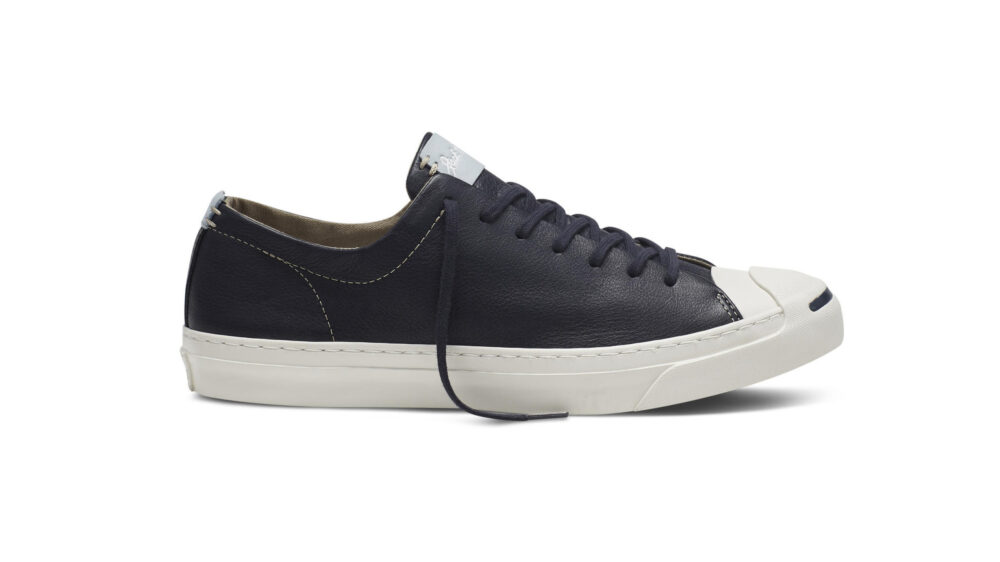
Jack Purcell
Keds, Converse and adidas had already started to hit the tennis market in the early 1900s, but one of the most popular tennis styles for over 30 years was the Jack Purcell model, a signature shoe created in 1935 for the famed badminton player by the B.F. Goodrich Company of Canada. The shoe immediately made its crossover into tennis and was the footwear of choice for the top professionals. Converse bought the rights to the signature model in the 1970s and has kept the “smile” in the rubber toe alive through streetwear and skate collaborations to this day.
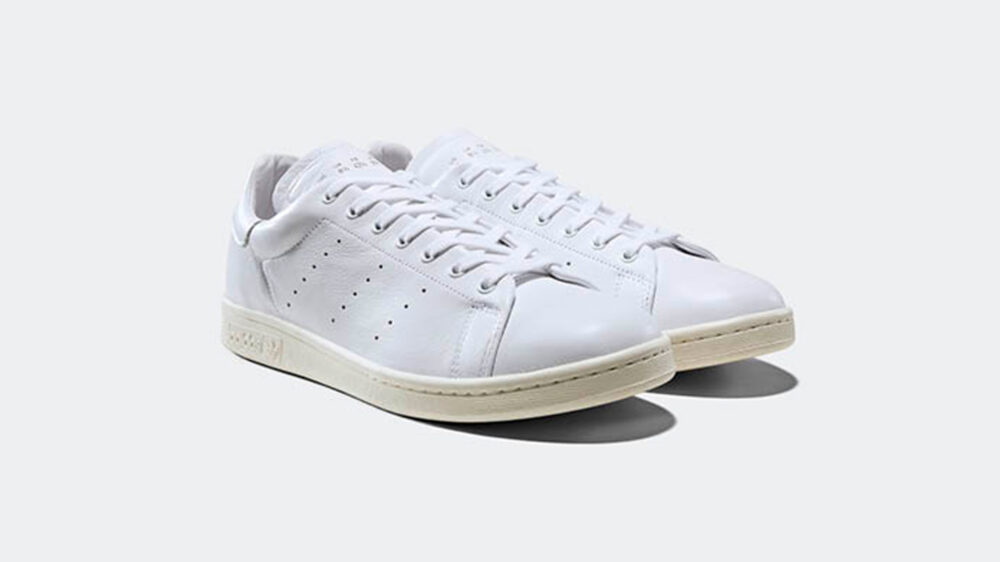
adidas Stan Smith
While we’d love to tell you how the Rod Laver, the Lendl or even the cult classic Forest Hills were the most monumental adidas tennis shoes, the Stan Smith is arguably the most important and influential tennis sneaker of all time. There’s just no getting around it. The model was first born in 1964 when Frenchman Robert Haillet endorsed the first-ever leather tennis shoe for adidas. We all know the story of how Haillet retired and his face on the tongue gave way to American Stan Smith, in 1971. Smith was previously wearing canvas shoes, but the endorsement opportunity was enough to get him to switch. Not only has the Stan Smith taken over mainstream fashion with countless collaborations and iterations in a way no other tennis shoe could dream of, the Stan Smith is more than a decades-lasting style statement. The first leather shoe ushered in a technology and materials race to tennis that spurred the boom of the ‘80s and ‘90s.

Nike Air Tech Challenge II
Hot Lava first bubbled on Andre Agassi’s feet during Indian Wells in 1990. He made his Nike Air Tech Challenge II model even more famous by wearing the same white, pink and black model during the French Open weeks later. The three-quarter-high shoe, designed by Tinker Hatfield in a style not too far from the Air Jordan 4, also designed by Hatfield and released around the same time, brought with it not only a fresh approach to tennis sneaker construction with the Nike Air cushioning, lightweight synthetic leather and a molded heel counter, but the shoe’s style component was unheard of in tennis, making waves then and still referenced in Nike design 30 years later.
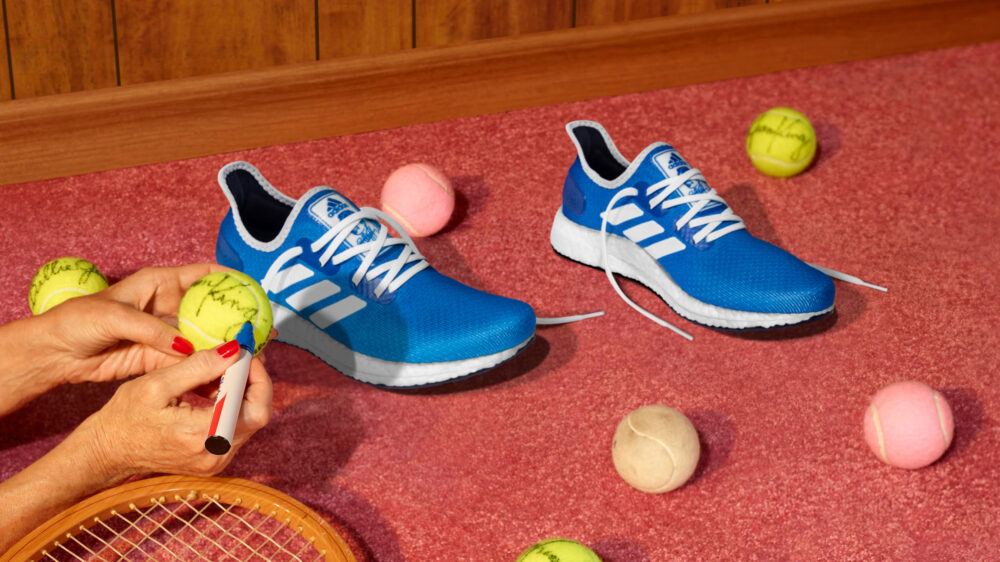
adidas BJ King
There’s nothing cooler than being the first and Billie Jean King has that title in spades. One of her firsts was being the first female athlete in history with a signature sneaker. Her classic 1970s low-top style included a rubber outsole and three light blue stripes with King’s signature scripted on the side. She even had the “endorsed by” tongue with her likeness and signature. We’d like to think the shoe’s popularity helped Chris Evert land her Converse signature model in the 1980s. The King was popular enough that adidas created additional styles, including the first-ever colored velour model, essentially making blue King’s signature color.
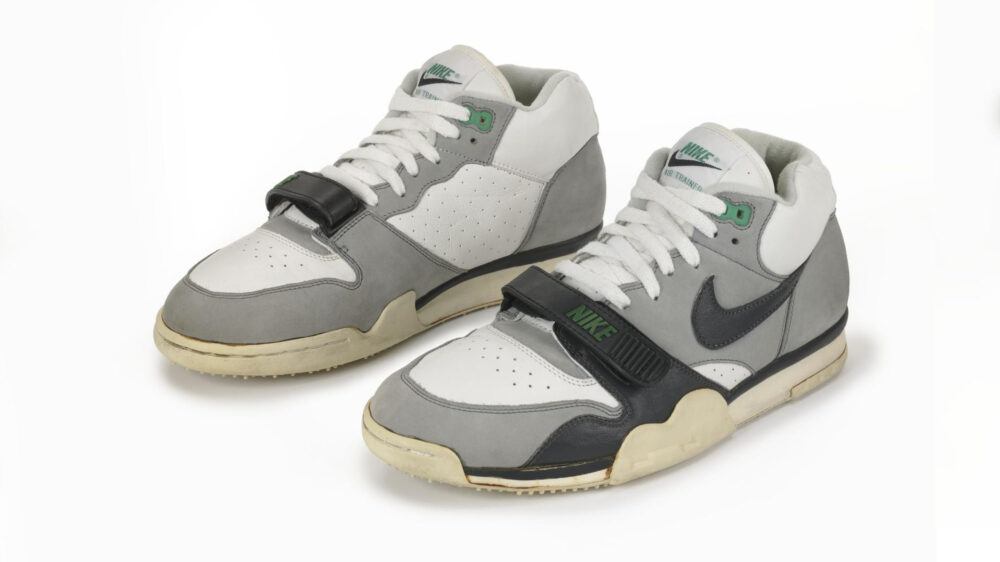
Nike Air Trainer 1
When Nike designer Tinker Hatfield created one of the coolest tennis sneakers of the modern era, he didn’t even think about tennis. While working with John McEnroe, Hatfield sent the American star a package of shoes to test, including an unreleased trainer — later named the Nike Air Trainer 1 — in 1986. Hatfield was just hoping he’d test it out during a workout and specifically told McEnroe not to wear them in public. McEnroe not only wore them out, but he wore them during tournaments and showed off a new direction for tennis that included a higher heel lift, lateral support and a foot-security strap. McEnroe gave tennis a new style with the trainer (even that was a new concept at the time) turned tennis look. Bo Jackson started his famed Nike career in the Air Trainer 1 and the impact of the shoe lives on in subsequent technology improvements in the sport, as well as the continued use of the design for Nike lifestyle offerings.
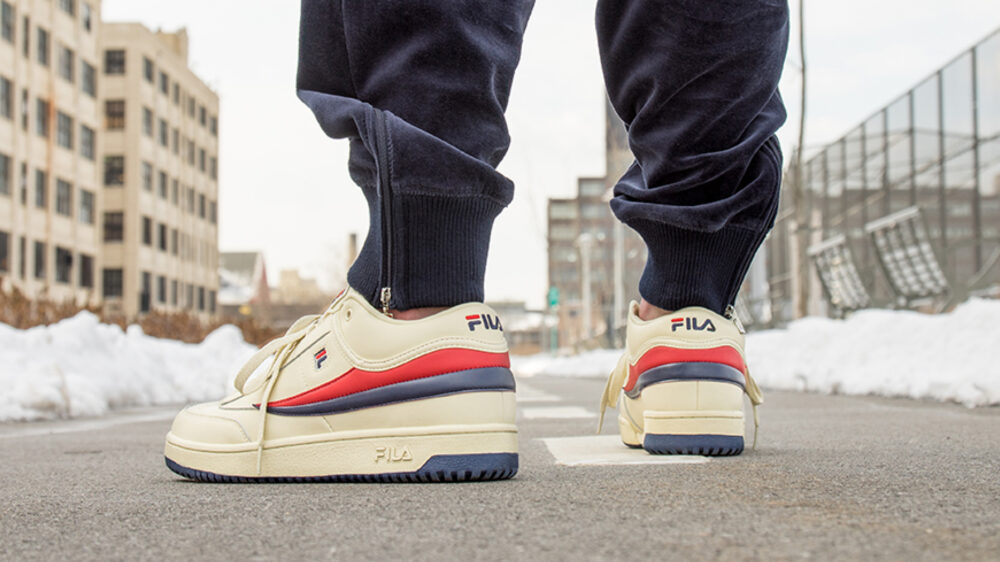
Fila T-1
Of all the Italian brands, Fila may have been the most fashion-forward in the 1980s. Known for its apparel and mix of color into the sport of tennis, Fila represented a certain luxury, especially in the North American market. The Fila T-1, then, offers the most pristine form of the brand’s footwear to match a colorful tracksuit. The leather sneaker makes this list not so much for what it was, but what Fila represented both for tennis when it entered the sport in the 1970s, but also how it has held lasting success with both fashion and performance, using tennis as the backbone of the effort.
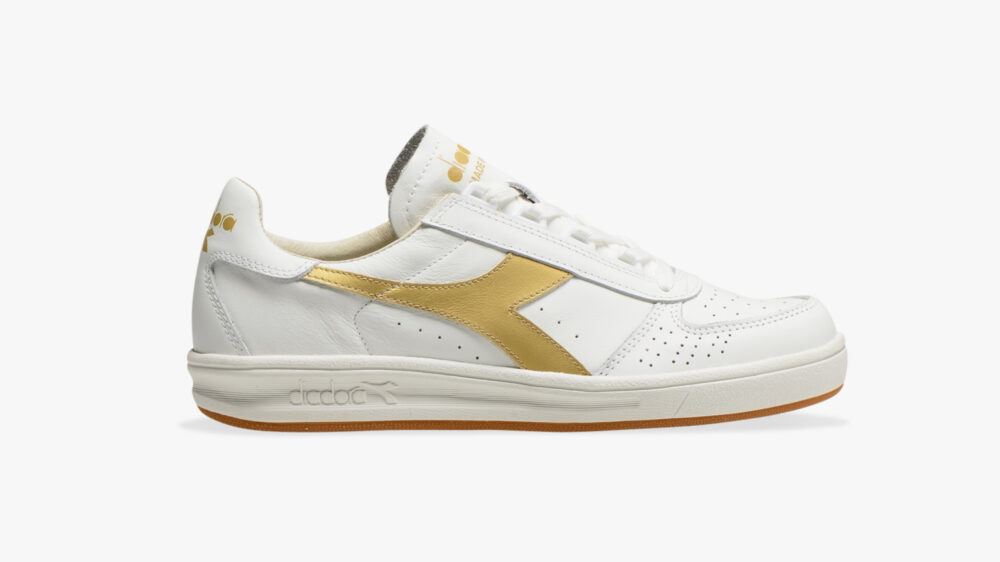
Diadora Borg Elite
Even people who didn’t follow tennis in the 1970s have some sort of sense of what Bjorn Borg looked like when on the court. And while he also donned Tretorn Nylites, his Fila apparel cemented his style. That said, the Diadora Bjorg Elite signature shoe he wore in the early 1980s completed his signature look, an example of how Italian style — even mixed between brands — gave international play to sneaker companies on the backs of these superstar athletes. The shoes were of the highest form of technology, using kangaroo leather in the most sought-after styles. While Bjorg no longer represents Diadora, his shoe lives on as the B. Elite lifestyle offering.
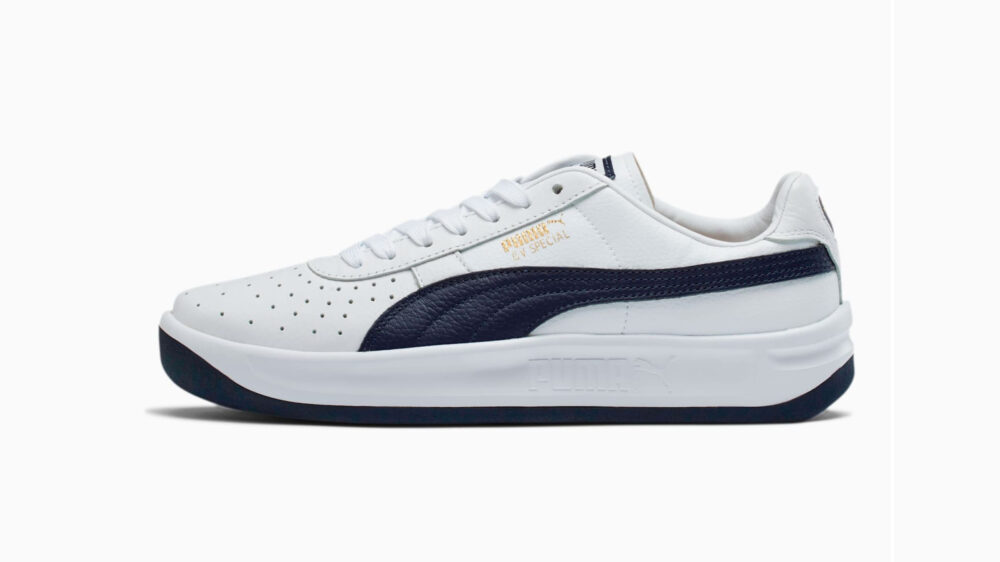
Puma GV Special
Puma hasn’t stopped producing this on-court/off-court hybrid since introducing the Puma GV Special to the world of signature shoes for Guillermo Vilas in the 1980s. Made for the flashy Argentine, Puma mixed together leather and textiles on the upper for a performance driven shoe that didn’t lose sight of fashion. By playing up the personal style of Vilas, Puma helped take a more mainstream athletic brand — not just an Italian fashion brand — into the world of fashion. But the best part of the GV Special has come in recent years, as Puma has played with modern and vintage colors, mixing up materials, Puma stripes and fashion-forward designs.
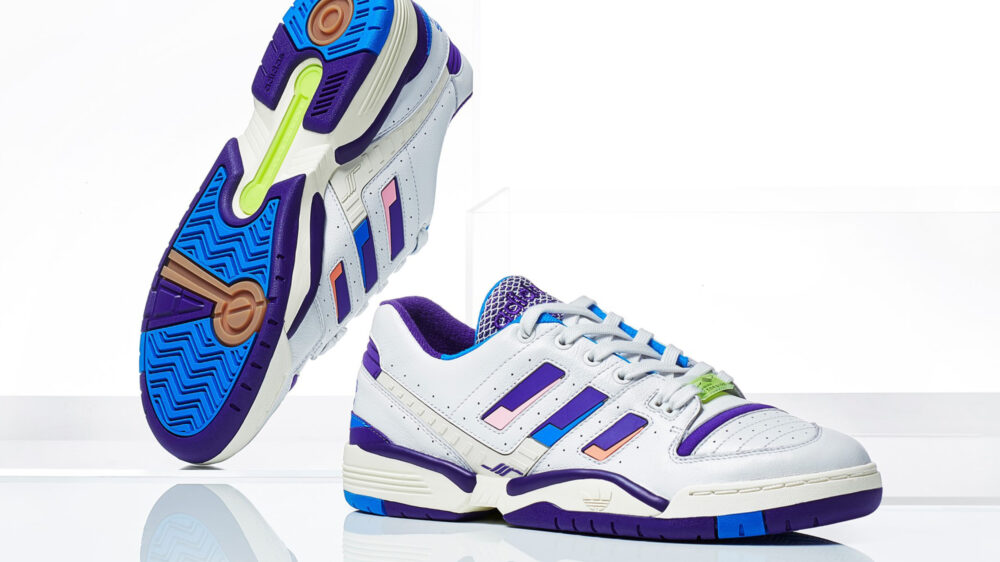
adidas Edberg
Some may argue the inclusion of Stefan Edberg’s signature shoe on this list. And that’s fine, argue all you want. Technology was starting to rule the day in tennis sneaker design by the late 1980s and early 1990s (see Nike), and adidas was on the leading edge. Sure, the adidas Lendl may have been the first to really usher in the tech-happy adidas product, but the Edberg for the Swedish star did so with a unique style, more accessible price point and potentially the best adidas technology of the day, the Torsion system. The Edberg doesn’t get the due it deserves from both a ‘90s fashion — some of those colors were downright perfect for the time — and technology point of view as the first tennis model with Torsion and we’re glad adidas re-released the Edberg shoe in 2019 as the Torsion Comp.
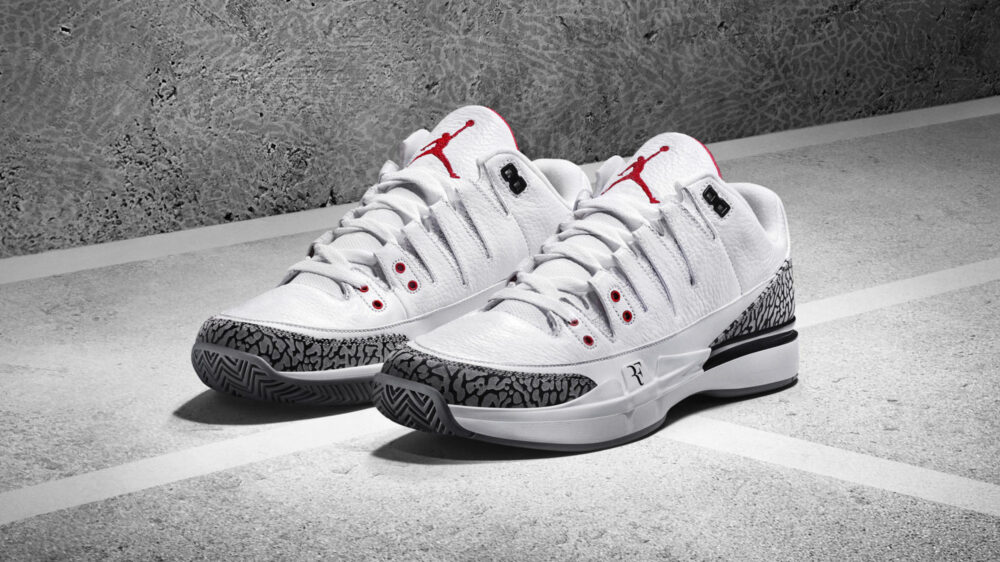
Nike Vapor
The shoe that Roger Federer built. The Nike Vapor is now a line. Launched originally in 2004 as the Nike Air Zoom Vapor Speed it has turned into multiple styles and has transformed to represent an entire silo of tennis design for Nike that includes the Zoom Vapor Cage 4, worn by Rafael Nadal. But really, the Vapor is best known for the 9, 9.5 and 10 models. The Vapor 9 Tour was launched in 2012 after Federer and Tinker Hatfield sat down and designed the shoe, inspired by a running silhouette, in a Paris hotel room. Federer has worn a Vapor model for 18 of his 20 Grand Slam victories — don’t forget that the coolest tennis sneaker moment of all time saw Federer walk out at the 2014 U.S. Open in a Vapor 9.5 Air Jordan 3 collaboration, which he followed up with again in 2016, wearing both during tournament play — and as of 2018 not only had the Vapor line been worn by more Grand Slam winners in men’s and women’s tennis history than any other shoe, but it had more tour players wearing it than any other shoe in the game. And it isn’t done yet. While the Vapor mindset made its way to the Cage model this year, don’t be surprised to find a Vapor 11 coming in the future, keeping this model the most relevant tennis sneaker of the last decade and, quite possibly, the decade to come.
Tim Newcomb covers tennis gear and style for Racquet. Follow him on Twitter at @tdnewcomb.


